Description
Darien, Connecticut by Eliot Candee Clark printed on a T-Shirt
About the T-Shirt
Regular fit
Standard length, the fabric easily gives into movement
Casual wear
A classic, everyday option loved by our customers
Side-seamed
Constructed by sewing two parts together, creating a fitted look
The Unisex Staple T-Shirt feels soft and light with just the right amount of stretch. It’s comfortable and flattering for all. We can’t compliment this shirt enough–it’s one of our crowd favorites, and it’s sure to be your next favorite too!
- Solid colors are 100% Airlume combed and ring-spun cotton
- Ash color is 99% combed and ring-spun cotton, 1% polyester
- Heather colors are 52% combed and ring-spun cotton, 48% polyester
- Athletic and Black Heather are 90% combed and ring-spun cotton, 10% polyester
- Heather Prism colors are 99% combed and ring-spun cotton, 1% polyester
- Fabric weight: 4.2 oz./yd.² (142 g/m²)
- Pre-shrunk fabric
- 30 singles
- Side-seamed construction
- Tear-away label
- Shoulder-to-shoulder taping
- Blank product sourced from Nicaragua, Mexico, Honduras, or the US
Eliot Candee Clark (1883 – 1980)
Eliot Candee Clark, born in 1883 in New York, was a precocious artist – he exhibited two pieces at the New York Water Color Club when he was only nine years old; at age 13 exhibited with the National Academy and the New York Water Color Club; by 1912 he had won national painting awards; and by 1916 was writing books on American artists as well as the history of the National Academy.
He was the son of tonalist painter Walter Clark (1848-1917). He was widely traveled in Europe and beyond, and associated with major artists of his day. He moved to Albemarle, Virginia in 1932, and was one of the few Impressionist artists of the Southern states. Clark was a teacher including at the National Art Club from 1943, the Art Students League, and New York City College.
His landscapes evoked a “spiritualized rendition of nature”. Clark developed an early interest in oriental philosophy that ended up having a major effect on his artistic development. These interests lead him to travel even to India and Tibet.
He continued to paint almost to the end of his life, enjoying the solitude and peace of the surrounding environment where he could relate to canvas the subtleties of nature as only he could. He was elected an associate member of the National Academy of Design in 1917 and full academician in 1944.
Clark was also president of the National Academy from 1956-1959. He was also a member/president of the American Watercolor Society; president/member of Allied Artists of America, 1948-52; ex officio trustee, Metropolitan Museum of Art, 1956; National Academy of Design Awards Jury; Society of Painters of New York; Connecticut Association of Fine Art; Salmagundi Club; International Society of Arts and Letters; Macdonald Club; Art Fund Society; New York Watercolor Club and others.

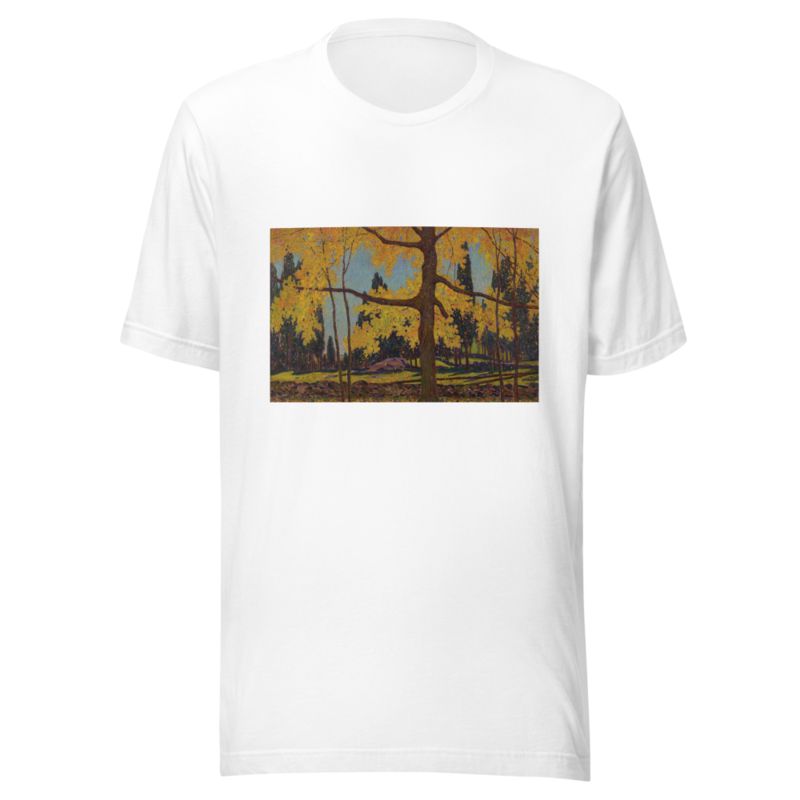
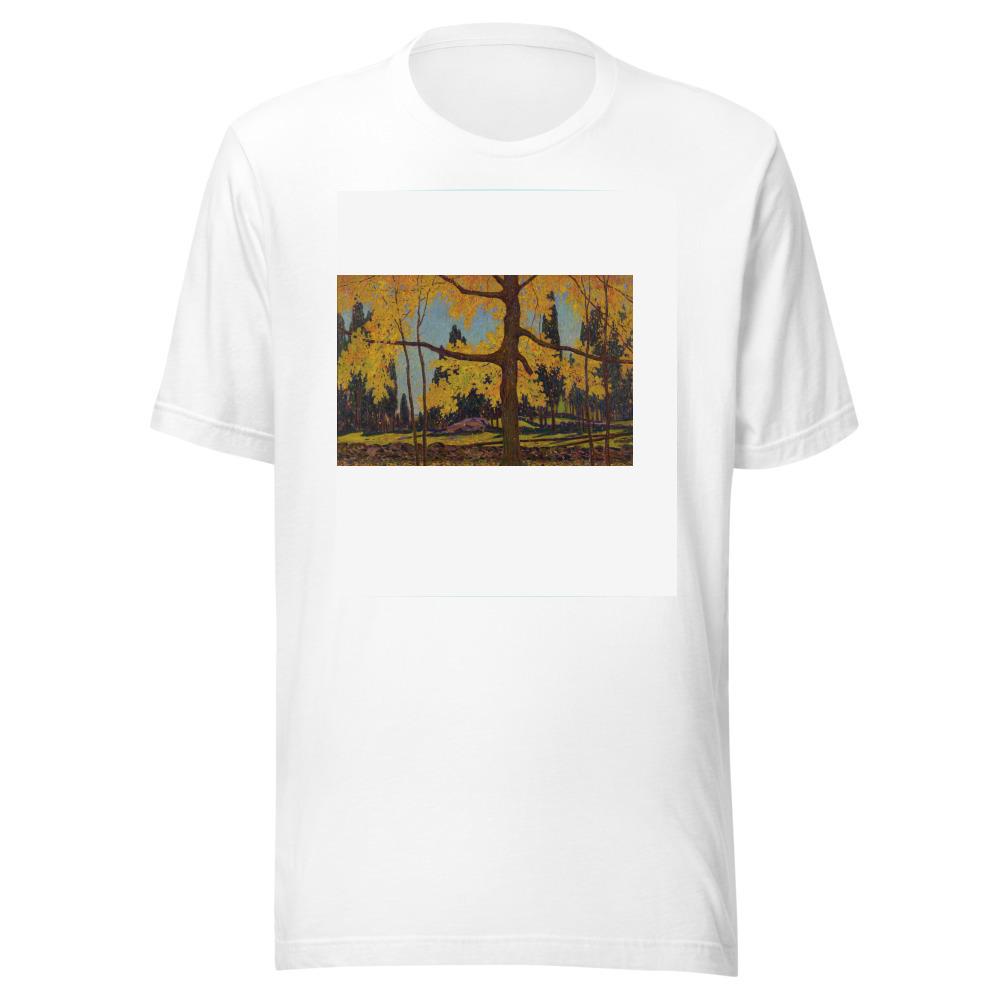
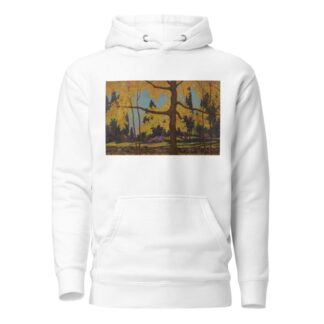
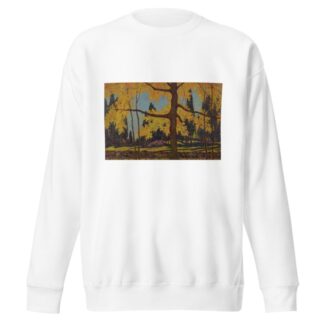
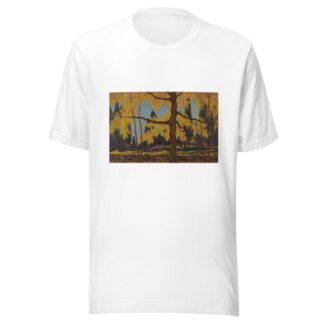
Reviews
There are no reviews yet.